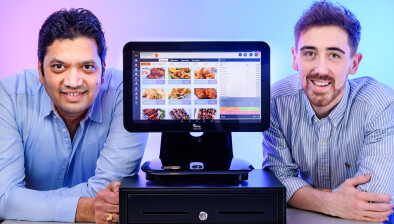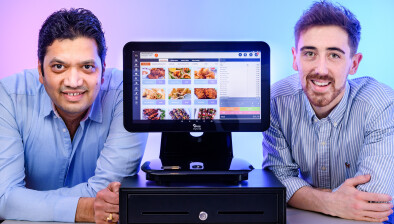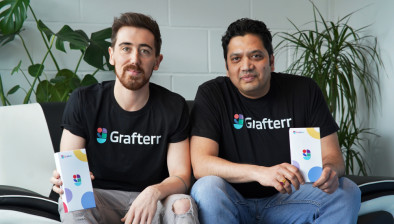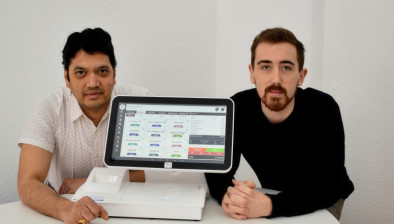ePOS Hybrid: Restaurants on the rack as home dining becomes the norm

Andrew Gibbon
Cash-conscious and choosy diners are continuing to shun eating out in restaurants in favour of home delivery and takeaway meals, according to new research from Edinburgh-based hospitality technology specialist ePOS Hybrid.
Research from ePOS Hybrid has shown a clear trend towards people turning their backs on returning to restaurants, despite the end of lockdown restrictions.
Shorter delivery times, big improvements in the quality of food options and worries over rising household bills are all factoring in the move.
ePOS Hybrid reviewed data from nearly three million customers interactions (people who bought food and drink) at the 1000+ sites who use its products.
In December 2021, takeaway and home delivery accounted for 50.73% of all orders placed through the ePOS Hybrid platform compared to 45.66% for eat-in. In August 2021, eat in orders accounted for 51% of all orders.
Andrew Gibbon, ePOS Hybrid head of growth, said takeaway and home delivery continues to eat into market share, while there is a clear decline from the highs in eat-in activity seen in August 2021 as Covid restrictions eased.
He said: “The quality of our data allows us to provide this fascinating insight into how consumer behaviour is changing – and perhaps changing for good. This is vital intelligence that the hospitality sector needs to be on top of as it looks to recover from the pandemic.
“Online ordering and home delivery have been emerging trends in the last few years, but they have exponentially grown during Covid - and show no signs of slowing.
“Between September 2021 and December 2021, the takeaway and home delivery market increased by 4%, while eat-in experienced a small decline.
“In January 2022, we continued to see online ordering and home deliveries outstrip eat-in orders. We predict that we will see continued and substantial growth within online ordering and home delivery throughout 2022 and beyond while eat-in will stagnate, even with eat-in options returning back to pre-pandemic operations.”
Andrew Gibbon added that while more hospitality operators were offering online options, the home delivery market had expanded as availability of menus, cuisines and dietary-related meals had increased – marched by the continued popularity of delivery platforms such as Just Eat and Deliveroo.
He continued: “The choice and quality of food available for home delivery is almost unrecognisable compared to a few years ago, when only your local chip shop, Chinese or Indian takeaway would likely be the only ones to offer this service.
“Likewise, any food type is now available at consumer’s fingertips with ever shorter delivery times, with delivery promises as little as 15 minutes.
“Compare this to retail consumers. They want convenience. They don’t want the hassle of checking when a shop is open, arranging to go into town, parking the car, browsing products on a Saturday when stores are really busy – they want their product delivered to their house, hassle free and on demand.
“This resonates with home delivery consumers, particularly the on-demand element when you can get a quality meal on your doorstep within the hour.
“And when you factor in the current economic climate with ever-rising living costs, home delivery is now clearly established as a cost effective way for a couple or family to have an enjoyable treat.”







